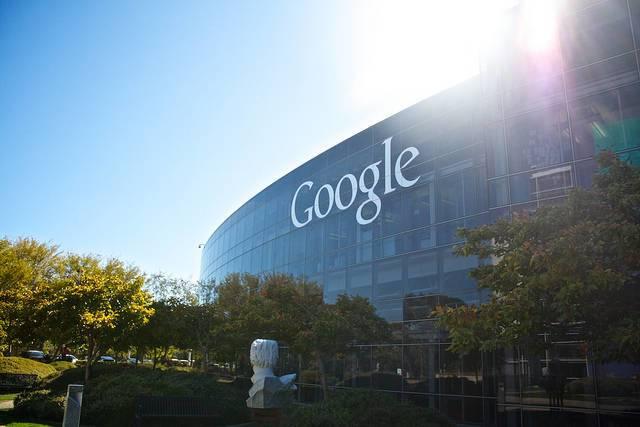
Not so fast, Google.
The Department of Labor had some surprising words for the tech giant last week after it claimed to have “closed the gender gap globally,” a first for the technology industry. Google’s revelation came in the form of a tweet, citing its own compensation analysis.
The DOL however, disagreed, revealing this week that Google is being sued by the federal government after the company refused to share employment data it is required to disclose by law.
“Discrimination against women in Google is quite extreme," Janet Herold, a lawyer for the DOL, told the Guardian earlier this week. While the DOL investigation isn’t complete, Herold said the agency already found “compelling evidence of very significant discrimination against women in the most common positions at Google headquarters” in Mountain View, California.
Her comments follow court testimony by DOL Regional Director Janette Wipper last Friday, who said the agency found “systematic compensation disparities pretty much across the entire workforce.”
But Google isn’t taking these statements sitting down. The company launched an aggressive effort to discredit the accusations, starting with a blog post written by its vice president of people operations, Eileen Naughton.
Naughton said the DOL request was too broad, “seeking thousands of employee records including contact details for our employees.”
The company also insists it has worked hard to establish its own metrics, and that the DOL isn’t reading the data correctly.
Google’s pay grade for each employment position is "blind to gender,” Naughton argued, meaning it doesn’t take personal information into account. Managers are also restricted in making pay adjustments and must account for such decisions with clear and acceptable criteria.
“Our analysis gives us confidence that there is no gender pay gap at Google. In fact, we recently expanded our analysis to cover race in the U.S.,” Naughton wrote.
But while Google sounds confident it’s come up with a fail-poof way to ensure there are no pay inequities in its ranks, other analysts are still asking questions.
“But pay inequity is a stubborn, systemic problem. It would shock me to find a big company without any gender pay gap,” Joelle Emerson, CEO and founder of Paradigm, tweeted on Friday. She added that looking at people in identical employment titles isn’t enough. “Not having access to certain roles is part of what produces the gap.”
Elizabeth Ames, senior vice president of marketing, alliances and programs at the Anita Borg Institute, an organization that focuses on gender diversity issues in the tech industry, noted that there are a lot more details that go into analyzing gender parity – details Naughton didn’t mention in her post.
These factors include employee retention (an issue that has been brought up before when it comes to analyzing gender parity in the tech industry), parity not only in advancement opportunities but actual promotions to managerial positions, how comfortable women and men feel about taking advantage of parental leave benefits, and parity in how visible female managers are in the public eye compared to male managers.
TriplePundit has discussed additional aspects of the pay parity conversation as well. Equal access to mentoring and feedback and ensuring a safe environment for employees to pursue new opportunities are issues that aren’t as easily interpreted in data analysis of employee hires.
Google has been one of the most outspoken advocates of gender equity in the tech industry, so it’s worth asking if this debate isn’t largely a matter of semantics and methodology. Should the DOL really be looking at the methodology Google uses to create gender parity? And has Google taken into account what the federal government considers evidence of an uneven playing field for women, men and minority applicants?
With many of the larger players in the tech industry now acknowledging that gender and ethnic discrimination must be eradicated, there’s even more need for consensus about what illustrates parity when it comes to hiring and work opportunities. Gender equality is often defined on the work floor and in everyday, subjective experience, and less by algorithms and data analysis of how employees are hired or paid.
Image credit: Flickr/Nihab
Jan Lee is a former news editor and award-winning editorial writer whose non-fiction and fiction have been published in the U.S., Canada, Mexico, the U.K. and Australia. Her articles and posts can be found on TriplePundit, JustMeans, and her blog, The Multicultural Jew, as well as other publications. She currently splits her residence between the city of Vancouver, British Columbia and the rural farmlands of Idaho.














